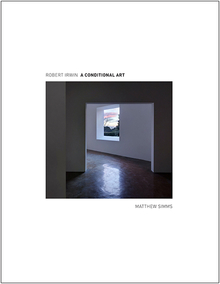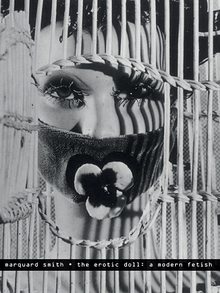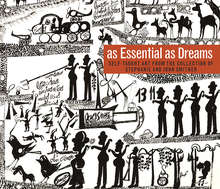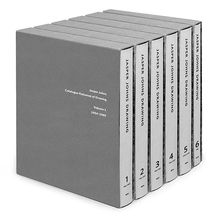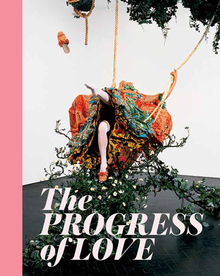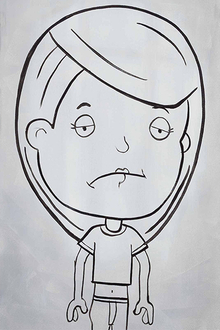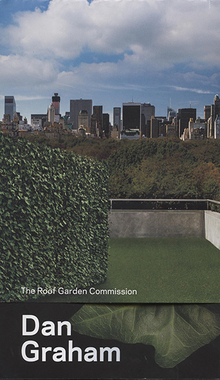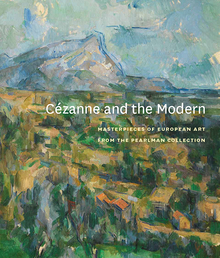Robert Irwin
WARNING
You are viewing an older version of the Yalebooks website. Please visit out new website with more updated information and a better user experience: https://www.yalebooks.com
A Conditional Art
Matthew Simms
A comprehensive study of one of the most significant and prolific American postwar artists.
Frequently associated with California Light and Space Art, Robert Irwin (b. 1928) began as an abstract painter in the 1950s. Since that time, he has worked in architectural and outdoor interventions, developing and expanding what he terms a “conditional” art practice. He employs a wide range of media, such as scrim veils, chain link fencing, Cor-ten walls, flowering plants, palm trees, fluorescent light bulbs, and more. Ultimately, Irwin’s medium is none of these specific materials, but rather perception itself – its forms, limits, and possibilities for expansion and change. In the artist’s own words, the aim of his work is to change “the whole visual structure of how you look at the world.”
This handsome, richly illustrated volume is the first book devoted to an in-depth investigation of the entirety of Irwin’s career, tracing the development of Irwin’s ambitions from his earliest canvases to his most recent light installations. Drawing on a wealth of primary sources, including the artist’s library and his published and unpublished writings, Matthew Simms surveys the full scope of Irwin’s creative output, the reception of his work, and its multiple aesthetic and historical contexts. In the resulting thorough yet accessible account, essential for scholars of post-war American art, conditional art emerges as a continual source of renewed aesthetic perception.
Frequently associated with California Light and Space Art, Robert Irwin (b. 1928) began as an abstract painter in the 1950s. Since that time, he has worked in architectural and outdoor interventions, developing and expanding what he terms a “conditional” art practice. He employs a wide range of media, such as scrim veils, chain link fencing, Cor-ten walls, flowering plants, palm trees, fluorescent light bulbs, and more. Ultimately, Irwin’s medium is none of these specific materials, but rather perception itself – its forms, limits, and possibilities for expansion and change. In the artist’s own words, the aim of his work is to change “the whole visual structure of how you look at the world.”
This handsome, richly illustrated volume is the first book devoted to an in-depth investigation of the entirety of Irwin’s career, tracing the development of Irwin’s ambitions from his earliest canvases to his most recent light installations. Drawing on a wealth of primary sources, including the artist’s library and his published and unpublished writings, Matthew Simms surveys the full scope of Irwin’s creative output, the reception of his work, and its multiple aesthetic and historical contexts. In the resulting thorough yet accessible account, essential for scholars of post-war American art, conditional art emerges as a continual source of renewed aesthetic perception.
Matthew Simms is professor of art history, California State University, Long Beach.
ISBN: 9780300173833
Publication Date: June 28, 2016
Publication Date: June 28, 2016
352 pages, 8 1/2 x 10 1/2
200 color + 60 b/w illus.
200 color + 60 b/w illus.

